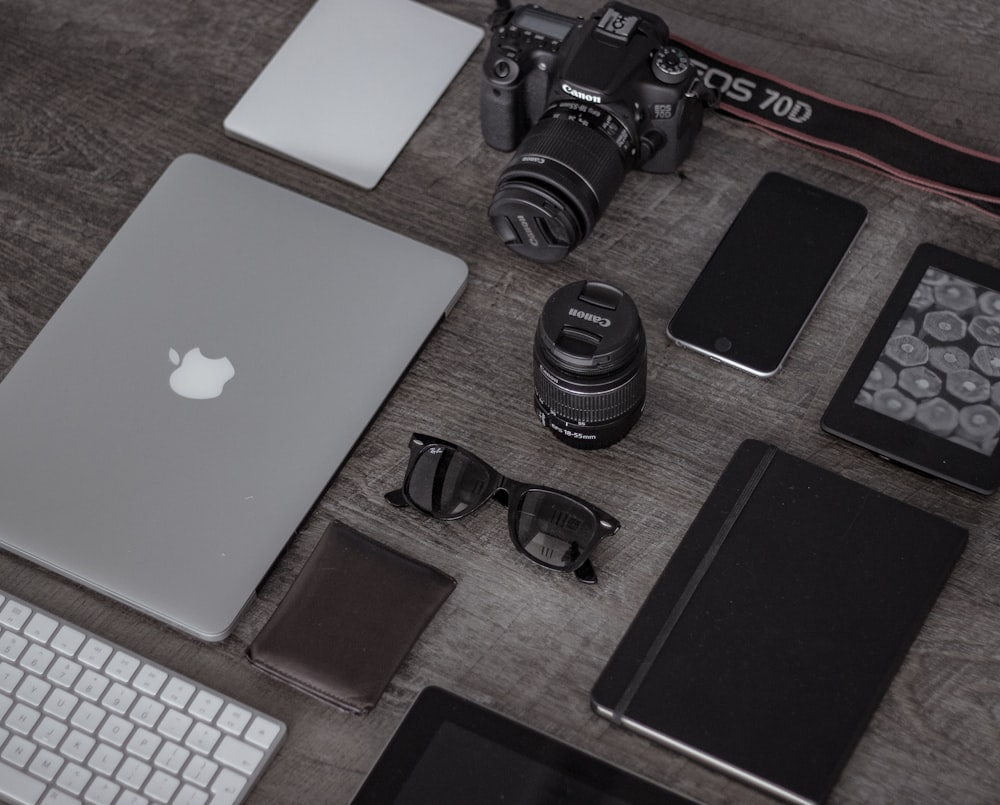Introduction:
The allure of coastal landscapes draws photographers from far and wide, eager to capture the beauty of sandy shores, crashing waves, and stunning sunsets. However, mastering beach photography requires more than just pointing and shooting. With expert advice, you can elevate your skills and capture the essence of coastal beauty like never before.
Choosing the Right Equipment:
Before heading to the beach, it’s essential to ensure you have the right gear. Opt for a sturdy camera that can withstand sand and saltwater, along with a variety of lenses to capture different perspectives. Consider investing in a polarizing filter to enhance colors and reduce glare, and don’t forget to pack a tripod for stability in windy conditions.
Understanding Lighting Conditions:
Lighting plays a crucial role in beach photography, with the golden hour—just after sunrise or before sunset—offering soft, flattering light that enhances coastal landscapes. However, shooting at midday can result in harsh shadows and blown-out highlights. Be mindful of the direction of light and adjust your positioning accordingly for the best results.
Composition Techniques:
Composition is key to creating compelling beach photographs. Experiment with different angles, perspectives, and focal points to add visual interest to your images. Incorporate elements such as seashells, driftwood, or rock formations to provide context and scale to your shots. Remember the rule of thirds and leading lines to guide the viewer’s eye through the scene.
Capturing Motion and Movement:
One of the unique aspects of beach photography is the opportunity to capture the motion and energy of the ocean. Experiment with different shutter speeds to convey movement—whether it’s freezing crashing waves or capturing the gentle flow of water over sand. Incorporate people or wildlife into your shots to add a sense of scale and narrative to the scene.
Playing with Reflections:
Reflections are a powerful compositional tool in beach photography, adding depth and visual interest to your images. Look for reflective surfaces such as wet sand or tide pools to capture stunning mirror-like reflections of the sky and surroundings. Experiment with different angles and perspectives to maximize the impact of reflections in your photographs.
Embracing Minimalism:
Sometimes, less is more when it comes to beach photography. Embrace minimalism by simplifying your compositions and focusing on a single subject or element. Utilize negative space to draw attention to your main subject, whether it’s a lone seagull against an empty sky or a solitary shell on the sand. Remember that simplicity can often evoke a sense of serenity and tranquility in your photographs.
Connecting with Nature:
Beach photography offers a unique opportunity to connect with the natural world and capture its beauty. Take the time to observe your surroundings, paying attention to the ebb and flow of the tides, the dance of light on the water, and the ever-changing colors of the sky. Allow yourself to be present in the moment and let nature inspire your creativity.
Experimenting with Post-Processing:
Post-processing is an essential step in bringing out the best in your beach photographs. Experiment with editing software to enhance colors, contrast, and sharpness, while maintaining the integrity of the scene. Consider applying creative effects such as black and white conversion or selective color adjustments to add depth and drama to your images.
Conclusion:
With expert advice and a keen eye for detail, you can capture the beauty of coastal landscapes in all its glory. By understanding the importance of equipment, lighting, composition, and post-processing, you can elevate your beach photography skills and create stunning images that truly capture the essence of coastal beauty. Read more about beach photo tips





